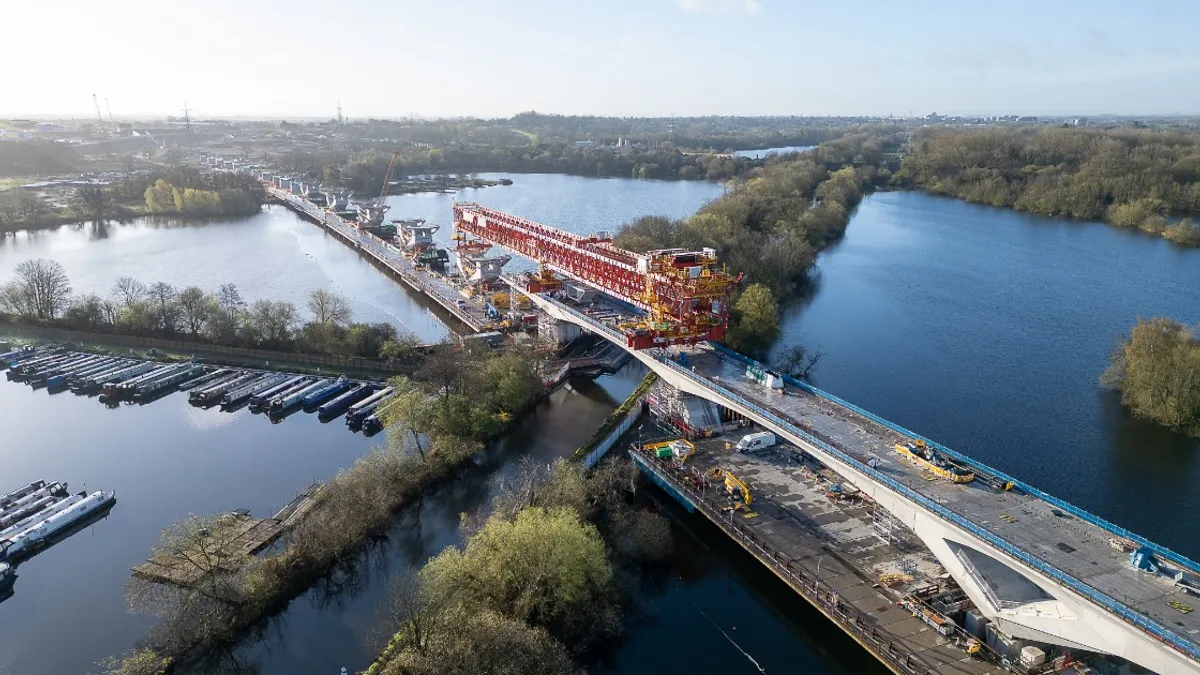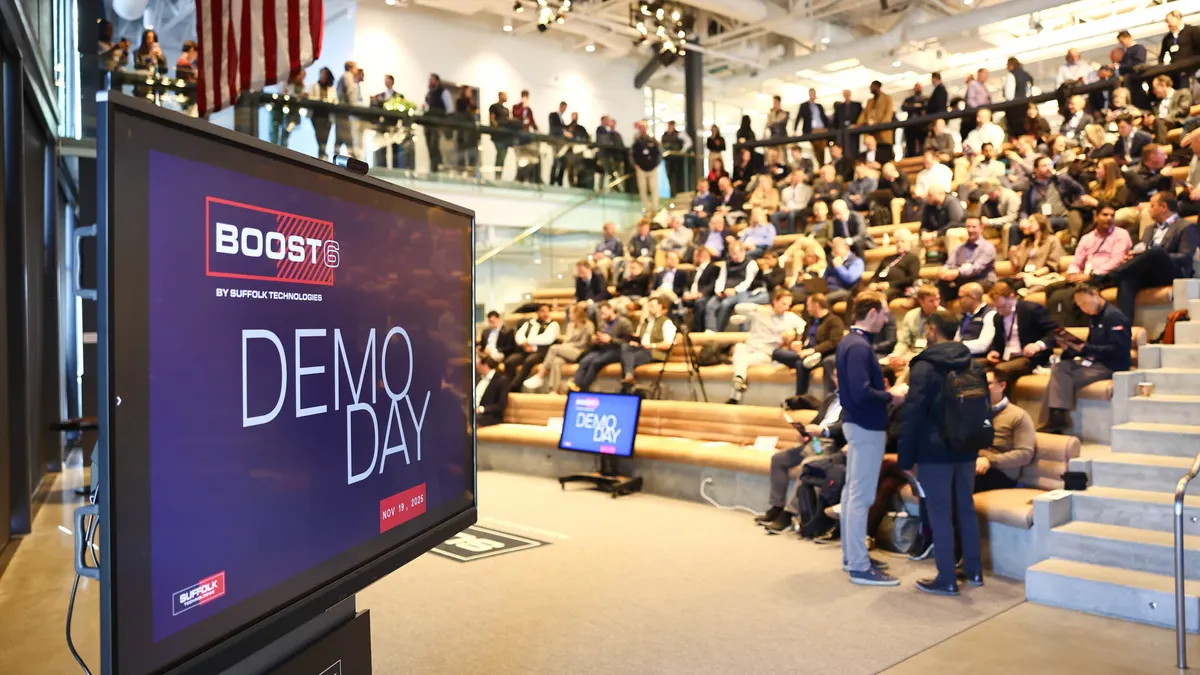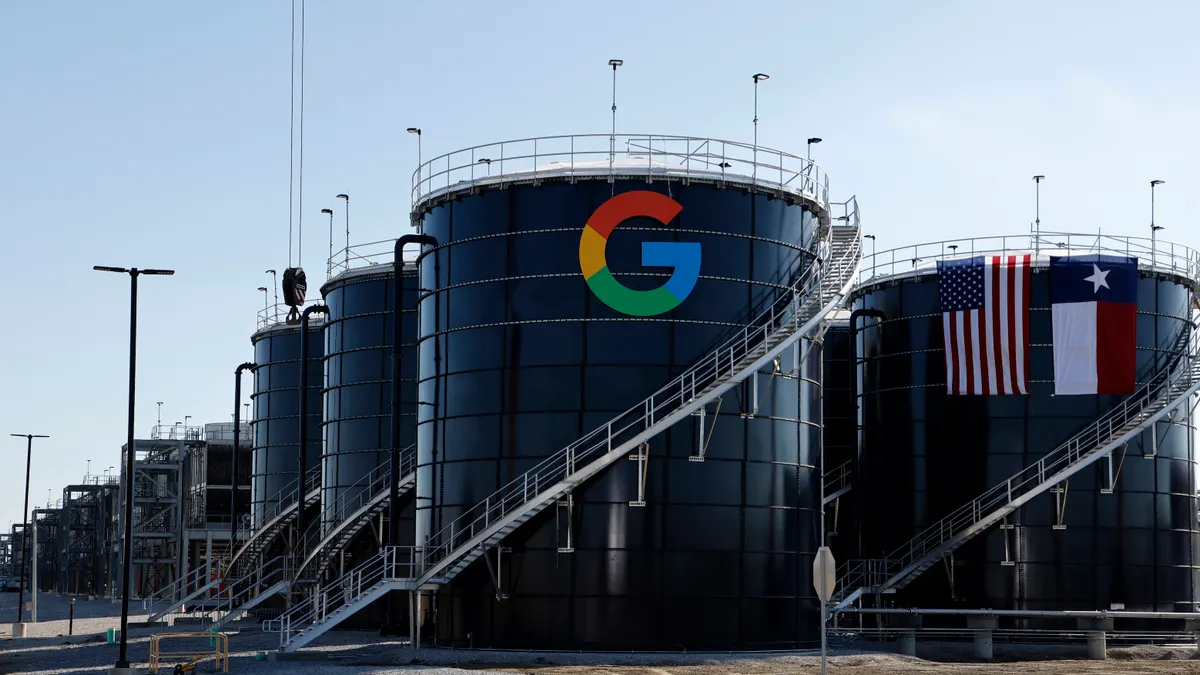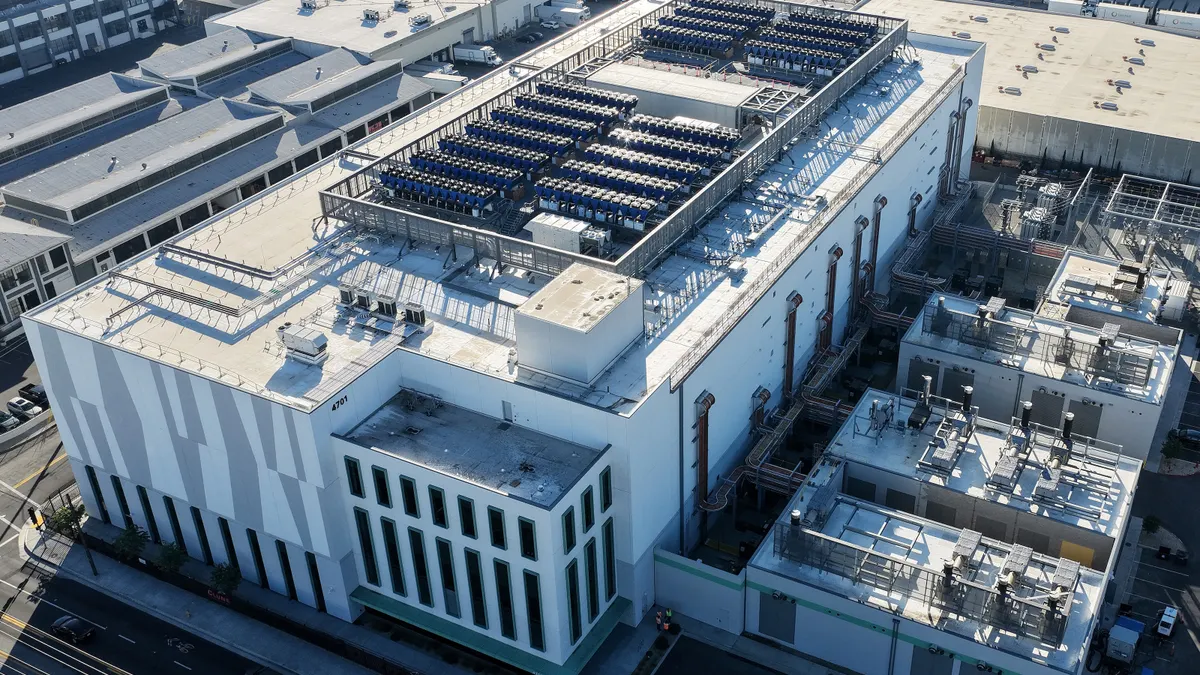DENVER—Over the past five years, Dallas-based general contractor Skiles Group has roughly quadrupled in size, and accompanying this growth has been a focus on building lean, said Chief Operating Officer Keyan Zandy during a session at the Associated General Contractors of America 2019 Convention this week.
Delivering the highest quality possible to a relatively stagnant pool of clients dominated company goals early on, Zandy explained. Leaders later on in the succession kept this focus, but explored ways that it could be maintained in growth mode. Lean construction, which focuses on continuous improvement and reducing waste, rose to the forefront as a pathway for Skiles to bring more value to its clients.
The old way of doing things wasn’t cutting it, Zandy said, because the labor shortage left trade partners spread thin and less prepared than they used to be for a project, among other factors. Lean was viewed as a way to grow the business and move the industry needle against many of the constraints posed by the shortage.
Employees across the company were encouraged “to ask questions, to be curious … look for ways to improve,” and to not shy away from technologies that might help them get closer to their goal. Experimentation is necessary in going after a “better way to build,” Zandy said, sharing three tools that, once honed, trimmed down waste and streamlined efforts across the field and office.
1. An app for smarter crisis management
Safety was a starting point for Skiles. The company wanted to bring more order and efficiency to a process that tends to be mired in chaos — crisis management. The first idea the team came up with to help eliminate confusion when an alarm is sounded was to equip each worker with a pocket card that details the emergency action plan and critical contacts, but since these change from site to site, the effort may have generated more waste than rewards, according to Zandy.
The next iteration, far more ambitious, was to use what many workers already had in their pocket — a smartphone — and build an app that would allow for real-time notifications and easy updates. Skiles rolled out Smart Safety in 2018, which allows superintendents, safety directors or project managers to upload their crisis management plan and workers to check into the site each day by QR code to access the latest information. When a safety incident occurs, a worker can hit a button within the app to relay the type of emergency to the manager, who verifies the situation and can issue push notifications to every phone onsite. Users can text or call the emergency contacts listed within the app and even navigate to the nearest clinic or hospital.
The app is now available to the industry. Zandy emphasized that as technology advances and becomes accessible at a lower point, “don’t think it’s past anybody in your firm,” however small, to come up with an idea for how this tech can be used to better the company.
2. A cloud-based photo platform
There’s no doubt as to the fast progression of technology when one looks to the evolution of consumer cameras. In the not-too-distant past, jobsite photos were taken by disposable cameras with film that had to be developed. With digital cameras came hard drive uploads with folders that supers would search to make sure they got the shot they needed during a pre-bid walk, for example. Robust 360-degree cameras are available at moderate price points — roughly $300 to $400 — and paire with reasonably priced software platforms that automatically sync this data to the cloud.
Skiles uses StructionSite to record the conditions of different points on the site every week or so, as a visual record of project progress. Within the app, users can navigate to the spot where a photo was taken and see its most recent progression. It aligns well with Skiles’ weekly reports, Zandy said, and makes a great as-built representation to show owners what the walls looked like before they were enclosed, for example. The contractor also uses Matterport to create a dollhouse-style walkthrough of a site through reality capture.
3. Business analytics to track key performance indicators
Skiles started using Microsoft Power BI, a business intelligence tool, to get analytics on how well teams across the company were implementing the last planner system, a lean tool. For companies that have an existing database of information through software like Procore, BI tools can “really help you organize your KPIs in a way that’s easy to drill into and very graphic,” Zandy told attendees.
Skiles created inspection forms within Procore for superintendents to fill out each Friday to ensure they were implementing the lean system in the field, to check the boxes for a daily huddle, six-week look ahead and other requirements. Using Power BI, Skiles got a better idea of lean adoption across all sites and visibility into the jobs that were lagging and might need more training.
While the contractor is early on in its adoption, the dashboard has served as a sort of scoreboard for employees across the company to incentivize their push to improve based on leading and lagging indicators, said Zandy. It’s a comprehensive tool and a “quick peek into what’s going on with your projects and your company."





















